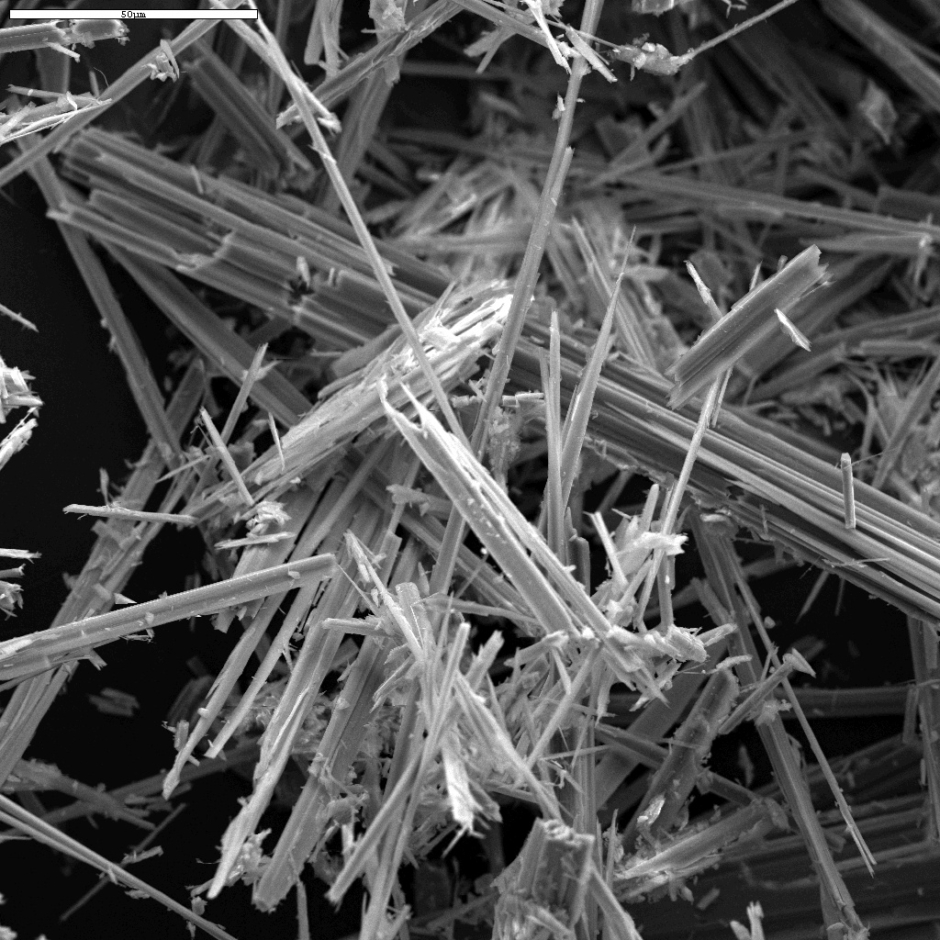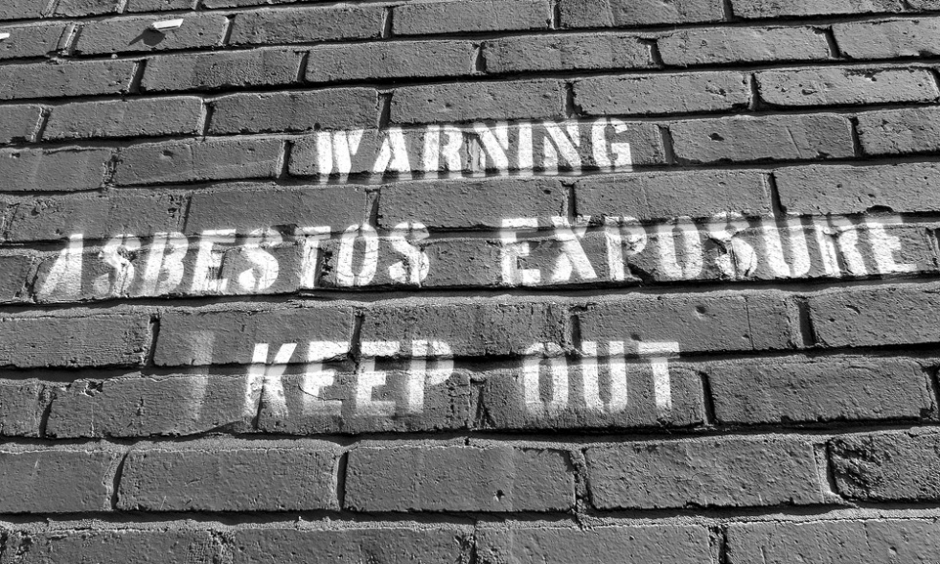Written by Rachel Lynch | Press and Media Coordinator, Mesothelioma Cancer Alliance, Wallingford, Connecticut, USA | @CancerAlliance
![]()
The number of lives lost due to cancer each year is astronomical. According to the World Health Organization (WHO): “Cancer is the second leading cause of death globally, and was responsible for 8.8 million deaths in 2015.”1 In Europe, it is estimated that there will be almost four million new cases of cancer in 2018 alone.2
While there are some reports that cancer incidences are declining, in poorer countries cancer is on the rise. In 2017, it was reported that pathology services were only available in 26% of low income countries,1 which is increasingly worrisome when considering less understood, but equally as fatal cancers, such as mesothelioma. The only known cause of mesothelioma is through the inhalation or ingestion of one of a set of six microscopic fibres more commonly known as asbestos. The toxin is a known carcinogen and was used across the globe for of its fire and chemical resistant properties, but it is only banned in 60 countries.
While asbestos bans are slowly cropping up across the world, the toxin is still being used in many countries. For instance, Russia was the top asbestos producer and consumer in 2014 and, according to a 2010 study,3 Russia’s asbestos deposits are plentiful enough to continue producing it at its current rate for over 100 years.
The WHO stated in 2007: “The most efficient way to prevent occupational cancer is to avoid exposure to carcinogens.”4 The WHO press release went on to state that a simple intervention was to stop the use of asbestos.
Without a complete worldwide ban of asbestos on the horizon, the world’s efforts need to be thrown behind mitigating exposure to the toxin, furthering awareness of the signs and symptoms of mesothelioma, and finding a cure.

Asbestos Containing Materials
The years of asbestos use varies from country to country based on national legislation, but the typical asbestos containing materials remain relatively consistent. The toxin can be found in a variety of commercial and industrial materials, including:
- Boilers
- Insultation
- Wallpaper
- Flooring
- Ceiling tiles
- Radiators
- Piping
- Cement
- Roofing
- Heating ducts
Signs of Mesothelioma
Mesothelioma cancer develops in the lining of the lungs, heart, or abdominal cavity following inhalation or ingestion of asbestos fibres. Mesothelioma presents with different symptoms according to where in the body the resulting tumours grow. Of all mesothelioma cases, 8% occur in the lining of the lungs, which is known as pleural mesothelioma. Symptoms commonly impact the respiratory system and include chest pain and fluid build-up, which leads to shortness of breath.
Prognosis for all forms of mesothelioma is typically poor due to the nonspecific nature of symptoms and latency of onset.5 It can take anywhere from 20–50 years for symptoms to manifest. After so much time has passed, patients often forget their initial exposure to asbestos and, as a result of the inaccurate medical history, the diagnostic process is hindered. Due to their similar characteristics mesothelioma is often misdiagnosed as the flu, pneumonia, or lung cancer. By the time an accurate diagnosis is achieved the cancer has often progressed to Stage 3 or 4 and metastasised. Once the cancer has spread there are much fewer viable treatment options.
Treatment Options
There is currently no cure for mesothelioma, but treatments are evolving. Typical courses of treatment include some combination of surgery, radiation, and chemotherapy. Emerging treatments may be used to bolster the results from the standard course of care. Immunotherapy, photodynamic therapy, and gene therapy have all been used in the treatment of mesothelioma.
The monoclonal antibody pembrolizumab was originally approved for the treatment of metastatic melanoma but has since shown promise in treatment of other forms of cancer. Some cancer cells have a PD-L1 protein that protects them from an immune attack by the host body; pembrolizumab blocks the PD-L1 protein leaving the cancer cell vulnerable to the immune system. In early clinical trials,6 pembrolizumab had a disease-control rate of >70% for mesothelioma patients. Almost 30% of the 25 patients treated with the drug had some shrinkage of tumours, and almost 50% had no increase in disease. Pembrolizumab’s early success is a cause for hope for the seven new cases of mesothelioma diagnosed in the UK each day. However, it should be noted that these results were from early stage clinical trials and further investigation is need before the drug can be licenced for use in patients with mesothelioma.
Next Steps
It is anticipated that up until 2020 the rate of death for mesothelioma in developed countries will increase by up to 10% each year.7 Bureaucratic processes move slowly, but action can be taken to decrease the number of mesothelioma diagnosis while the law catches up with science. Grassroots efforts play an integral part in ensuring word spreads about this rare cancer and that asbestos risks are fully understood.
“Known and preventable exposures are clearly responsible for hundreds of thousands of excess cancer cases each year,” said Dr Maria Neira, WHO Director of Public Health and Environment,8 “In the interests of protecting our health, we must adopt an approach rooted in primary prevention…”
September is a month rooted in respiratory health awareness, so the time is now to educate yourself about mesothelioma risks. The 25th September is the second annual World Lung Day, and the 26th September is Mesothelioma Awareness Day. Take that week to start discussions with your friends, family, and colleagues about asbestos exposure and the what those in the medical community can do to be part of the solution to the world’s cancer problem.
References
- World Health Organization. Cancer. 2018. Available at: http://www.who.int/news-room/fact-sheets/detail/cancer. Last accessed: 22 August 2018.
- Ferlay J et al. Cancer incidence and mortality patterns in Europe: Estimates for 40 countries and 25 major cancers in 2018. Eur J Cancer. 2018. [Epub ahead of print].
- Encyclopedia of the Nations. Russia – Mining. 2010. Available at: http://www.nationsencyclopedia.com/Europe/Russia-MINING.html. Last accessed: 22 August 2018.
- World Health Organization. WHO calls for prevention of cancer through healthy workplaces. 2007. Available at: http://www.who.int/mediacentre/news/notes/2007/np19/en/. Last accessed: 22 August 2018.
- Mesothelioma Cancer Alliance. Mesothelioma prognosis. 2018. Available at: https://www.mesothelioma.com/mesothelioma/prognosis/. Last accessed: 22 August 2018.
- Furlow B. Second-line pembrolizumab shows ‘encouraging’ PFS for advanced mesothelioma. 2015. Available at: http://www.oncotherapynetwork.com/wclc-2015/second-line-pembrolizumab-shows-%E2%80%98encouraging%E2%80%99-pfs-advanced-mesothelioma. Last accessed: 29 August 2018.
- Carbone M et al. Malignant mesothelioma: Facts, myths and hypotheses. J Cell Physiol. 2012;227(1):44-58.
- United Nations. UN health agency calls for prevention of cancer through workplace safety. 2007. Available at: https://news.un.org/en/story/2007/04/217192-un-health-agency-calls-prevention-cancer-through-workplace-safety. Last accessed: 22 August 2018.







